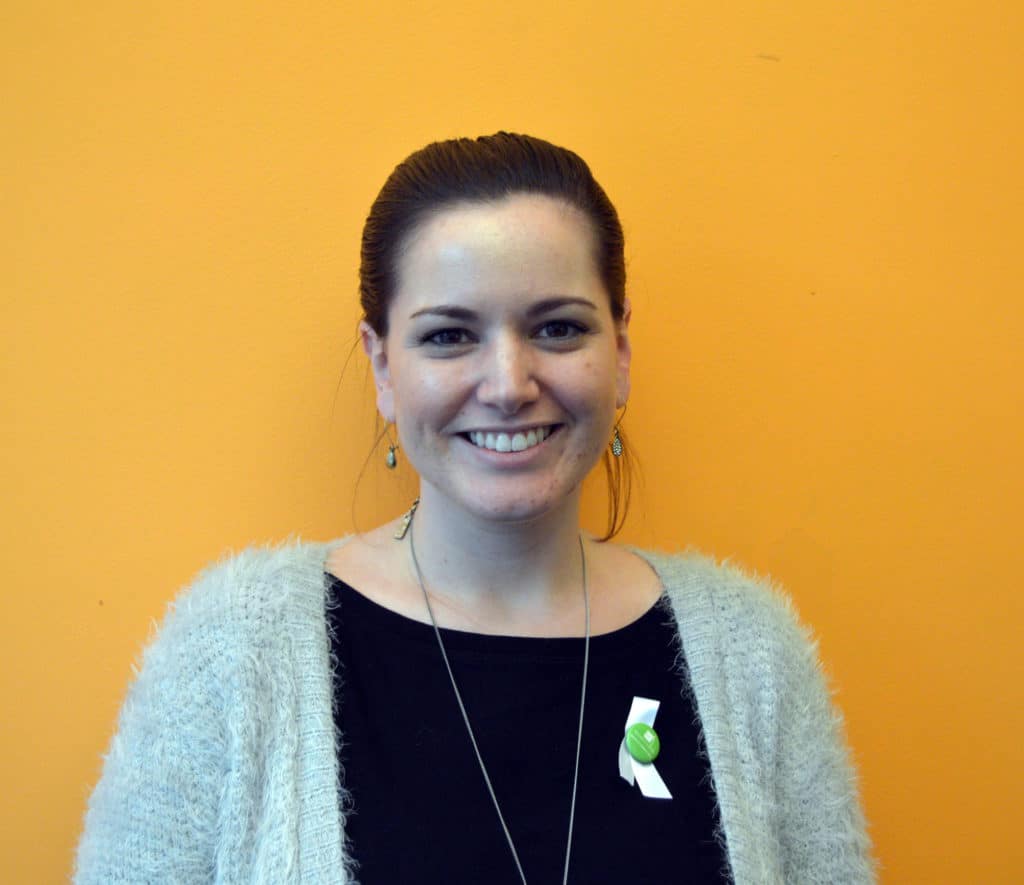Written by Katie Rogala, LSW
We all have an inner and outer self – whether you are adopted or not! This often looks like presenting as different version of yourself based on the people you are around. This is an especially relevant topic for teens and tweens, who are managing many different levels of identity at once: adoptee identity, identity related to sex and gender, physical appearance, etc.
-
Start the Conversation
As hard as it can be, it is important for parents to begin these conversations. Don’t wait for your teen to speak up first. Identity is a raw and emotional topic for many, and often your child may not know if it’s something they can discuss with their family. Your child will be much more likely to explore this topic with you if you’ve already made it clear that you’re ready and willing to have this conversation.
-
Normalize
Everyone has an inner and outer self. Consider what this means for you: how are you different when you’re with family? At work? With friends? Even if the changes across environments are small, they are still there. Don’t be afraid to share these personal examples with your child! This will help communicate to them that having multiple facets to your identity is a universal experience, not one limited to adoptees.
-
Validate
Whatever your adolescent feels about their adoption and identity is okay and valid. This can be hard for a parent to sit with, especially when their child expresses more complicated or negative feelings. Saying things like, “I hear you,” “You have every right to feel that way,” or, “I can see why that would make you feel _____” sends a powerful message to them that they are understood, and that you will be there to support them no matter what they may be feeling.
-
Listen
Don’t just hear your teen – listen. When they share something that you don’t quite understand, seek out the feeling behind that emotion. The goal is not to make complicated feelings go away, it’s to create a safe space to talk about them. Reflect back on what your child says, using phrases like, “What I hear you saying is….” – this allows you to get clarification where needed, without shutting down what’s been disclosed. By using reflective language, you are also demonstrating that you are actively listening to them and seeking to understand.
-
Give Them Space
Let’s be honest – sometimes teens and tweens just don’t want to talk to their parents! However, this doesn’t mean that they aren’t still thinking about adoption and identity; rather, they may just need to explore it on their own terms. Start the conversation, but don’t force it. Think of creative ways for your child to explore their adoption on their own. As an example, you may consider creating an album or memory box for your child related to their adoption and keep it in their room or other accessible space. In doing so, you retain control of the narrative, but give your child the space and freedom to access it when and how they choose.
-
Manage Your Own Emotions
Conversations about identity and adoption can be emotionally charged, for both parent and child. However, it is important that, as the parent, you keep your own emotions in check so you can fully support your child. I’ve heard from many adopted teens the frustration of trying to talk to their parent(s) about adoption, only to have that parent become tearful and emotional. Even though these are often happy tears, it discourages the teen from wanting to share again in the future. In that moment, they need their parent to be in control and to support them, not the other way around. Before you get started, utilize your own calming down skills and tools to be sure you’re in the right frame of mind. If you find yourself becoming emotional – don’t worry! You can always take a quick break and come back to the discussion when you’re ready.
-
Be Willing to Share of Yourself
Conversations related to identity and adoption are not about you, they are about your child. However, it can be difficult for a teen (or any child) to feel comfortable sharing so much of themselves if it’s not part of a reciprocal process. Even if you are not an adoptee, look for the universal experiences in what your child shares and use that to help support and validate your child. As an example, if they say, “It really bothers me when kids at school ask why I don’t look like my sister”, you could say, “When I was in school, sometimes kids would ask me insensitive questions, too. I remember feeling hurt, and even annoyed. How do you feel when that happens?” By posing a question back to your child, you are keeping the focus on them, but also sharing some of the more vulnerable parts of yourself, which will help your teen feel more comfortable doing so, too.
-
Use Tools
As previously mentioned, identity is a complex topic. It can therefore be intimidating and uncomfortable (for both parent and child) to have a conversation about it. The good news is, there are tools that you can use to facilitate conversation without the intensity of a face-to-face discussion. Consider doing a mask-making craft together in which they can decorate to reflect their inner and outer self. This can be done through writing words, collaging magazines, drawing pictures, or even using color to represent themselves.
-
Books/Movies
In addition to more therapeutic interventions, such as the mask-making exercise mentioned above, you can also use books and movies to spark identity conversations. They need not be directly adoption related – you’d be surprised how many books/movies include themes of family, adoption, and identity! Think, for example, of Harry Potter: an orphaned child raised by family members who learns that he is a celebrity in a world he never knew existed. There are many relevant themes in this story for adoptees, such as Harry’s longing to know his mother and father, and, more generally, seeking out his place in the world. As you watch movies or read books together, consider commenting aloud when you notice an adoption theme, or maybe bringing it up the following day. You don’t need to make it specific to your child’s adoption; instead, you can say something like, “I really liked the scene where Harry talked about his mother and father. It makes me sad that he never got to know them, but happy that he finds ways to stay connected to them. What did you think about that?” or, more simply, “What character do you relate most to? Why?”
-
Adoptee Support or Social Groups
Understand that your child may prefer to share their experiences with another adoptee: someone who truly “gets it.” Look for ways to build an adoption community for your child. Some options include an Adoption Mentorship Program, support groups, adoptive family meet-ups, social media-based adoptee groups, etc. These types of groups will continue to normalize and validate the adoptee experience for your child, while providing a safe space for them to share their innermost thoughts about adoption and identity.
The exploration of adoption and identity is a lifelong process. It will likely change as your child gets older and their worldview expands, which is all the more reason to build a solid support foundation now. Spence-Chapin offers parent coaching, counseling services and other community programs to support adoptees and their families.
—
To learn more about programs and services that support your adopted tween or teen, please contact us at [email protected] or 646-539-2167.






